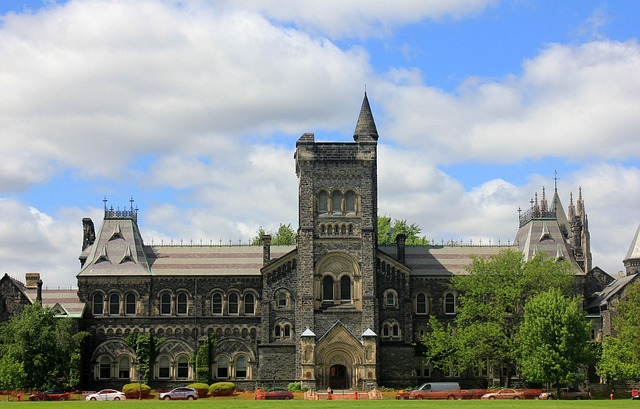Choosing a university city for housing is a critical decision that impacts students' academic and social lives. A comprehensive college housing guide helps navigate varied rental markets, from bustling hubs like Boston and Seattle with high costs to more affordable options in lesser-known towns. Key factors include understanding student rental dynamics, safety, campus proximity, amenities, and atmosphere. Top college towns offer vibrant culture, premier education, and diverse housing but expect higher costs. The guide balances city appeal with practicalities for a smooth transition into university life, ensuring students find the best fit based on their needs.
Choosing the right university city for student housing can significantly impact your academic experience and future prospects. This comprehensive guide explores the intricate world of student rental markets, offering a detailed look at both the pros and cons of various locations. From understanding fundamental market dynamics to uncovering the unique rental characteristics of top college towns, this article equips you with the knowledge needed to navigate the best university cities for rentals.
- Understanding Student Housing Markets: A Comprehensive Overview
- Factors to Consider When Choosing University Cities for Rentals
- Top College Towns and Their Unique Rental Dynamics
- Navigating the Pros and Cons of Student Housing in Different Locations
Understanding Student Housing Markets: A Comprehensive Overview

Choosing where to live while pursuing higher education is a significant decision that can greatly impact your academic and social experiences. Understanding the student housing market in university cities is essential for prospective students, offering both advantages and challenges unique to each location. The rental landscape in top college towns varies widely, from vibrant, bustling areas with ample housing options to more suburban neighborhoods with stricter regulations.
Navigating this market requires a thorough college housing guide that outlines the pros and cons of various locations. For instance, living in a popular student hub like Boston or Seattle might offer easy access to educational resources and campus life but can also result in higher rental costs and competitive markets. Conversely, lesser-known university cities could provide more affordable options and a quieter atmosphere, albeit with limited social opportunities compared to their busier counterparts. Knowing these nuances will help students make informed choices, ensuring they find the perfect balance between cost, convenience, and community in their future home away from home.
Factors to Consider When Choosing University Cities for Rentals

When choosing university cities for rentals, students and parents alike should consider several key factors to ensure a positive living experience. Firstly, look into the student rental markets of potential areas; high demand often indicates a vibrant college town with ample housing options tailored to students. Top college towns tend to have a good balance between affordable living and access to amenities, cultural events, and educational resources.
The student housing pros and cons vary widely across different university cities. Consider factors like safety, proximity to campus and public transport, local community dynamics, and the overall atmosphere that aligns with your preferences and needs. A college housing guide can be invaluable in navigating these aspects, helping you make an informed decision for a memorable university experience.
Top College Towns and Their Unique Rental Dynamics

Choosing a university city for student housing involves understanding the unique rental dynamics of each location. Top college towns like Boston, Austin, and Seattle have highly competitive student rental markets, with properties in prime areas often filling up months before the academic year starts. These cities boast a mix of vibrant culture, top-tier educational institutions, and diverse housing options—from cozy apartments to luxurious suites—but be prepared for higher costs.
The pros of living in these best university cities include access to a rich social scene, better job prospects during and after studies, and often, newer and better-maintained accommodation. However, cons such as high rental prices, traffic congestion, and crowded public transport can make daily life challenging. A college housing guide for these areas should consider both the appeal of the city and the practicalities of navigating student rental markets to ensure a smooth transition into university life.
Navigating the Pros and Cons of Student Housing in Different Locations

Navigating the student housing market can be a complex task, especially when considering different locations. University cities offer a vibrant atmosphere with numerous benefits for students. These areas often boast thriving student rental markets, providing easy access to campuses and a wide range of amenities tailored to college lifestyles. Top college towns are known for their active social scenes, with many events and activities centered around student life, fostering a sense of community.
However, there are also potential drawbacks to consider. Student housing in popular university cities can be competitive, leading to higher rental prices and limited availability. The constant influx of students may result in crowded living conditions, especially in areas with a low supply of accommodations. It’s essential for prospective students and their families to weigh these pros and cons when choosing a location, ensuring they find the best university city that aligns with their needs and preferences. This college housing guide aims to empower students to make informed decisions regarding where to lay roots during their academic journey.






